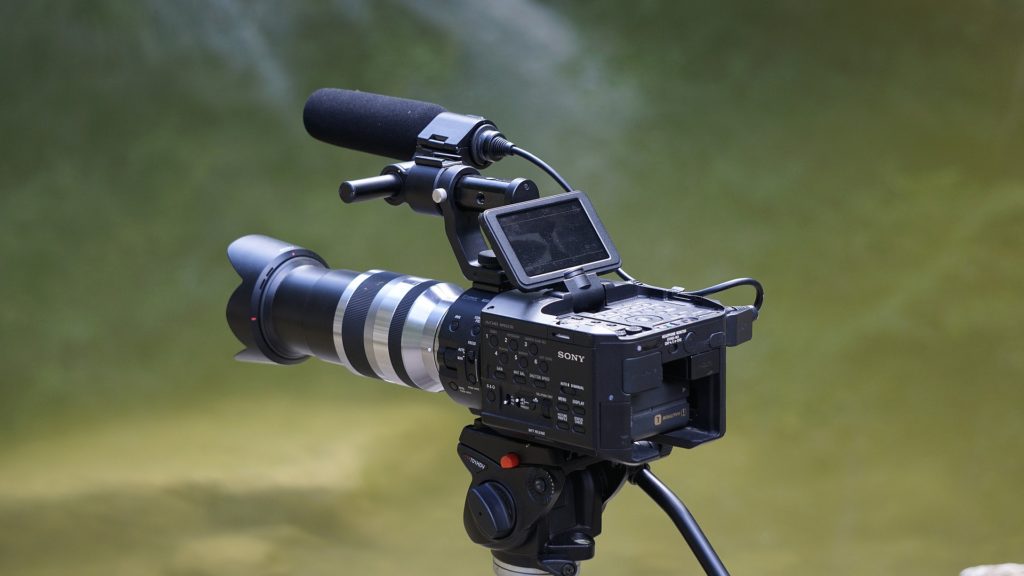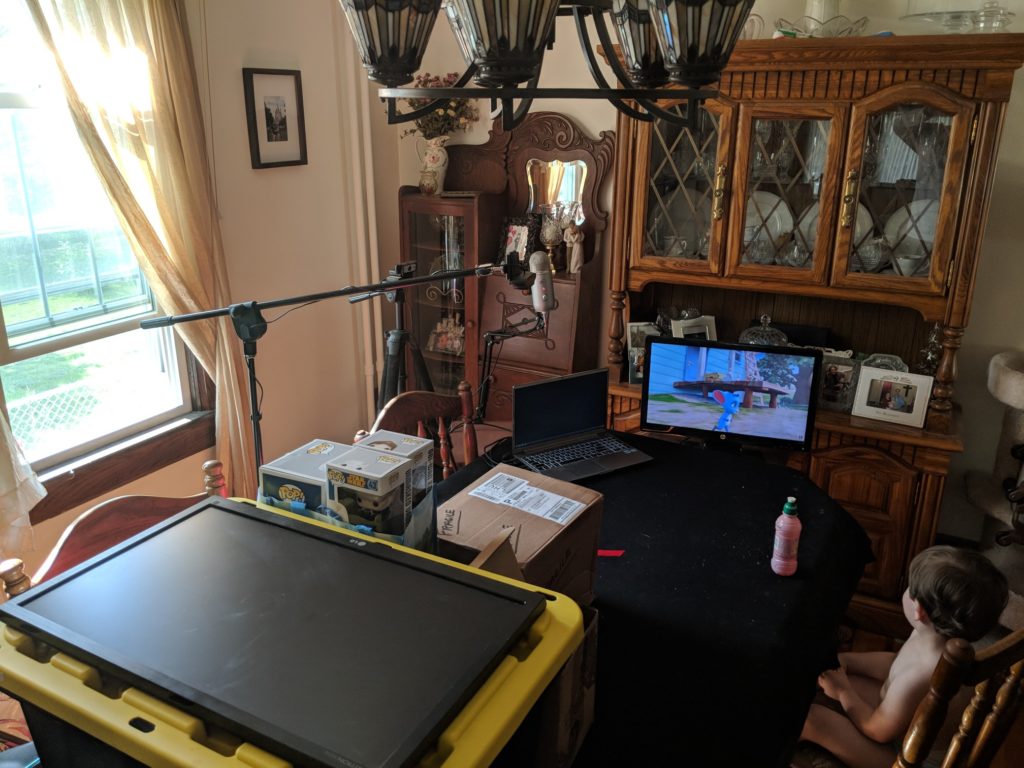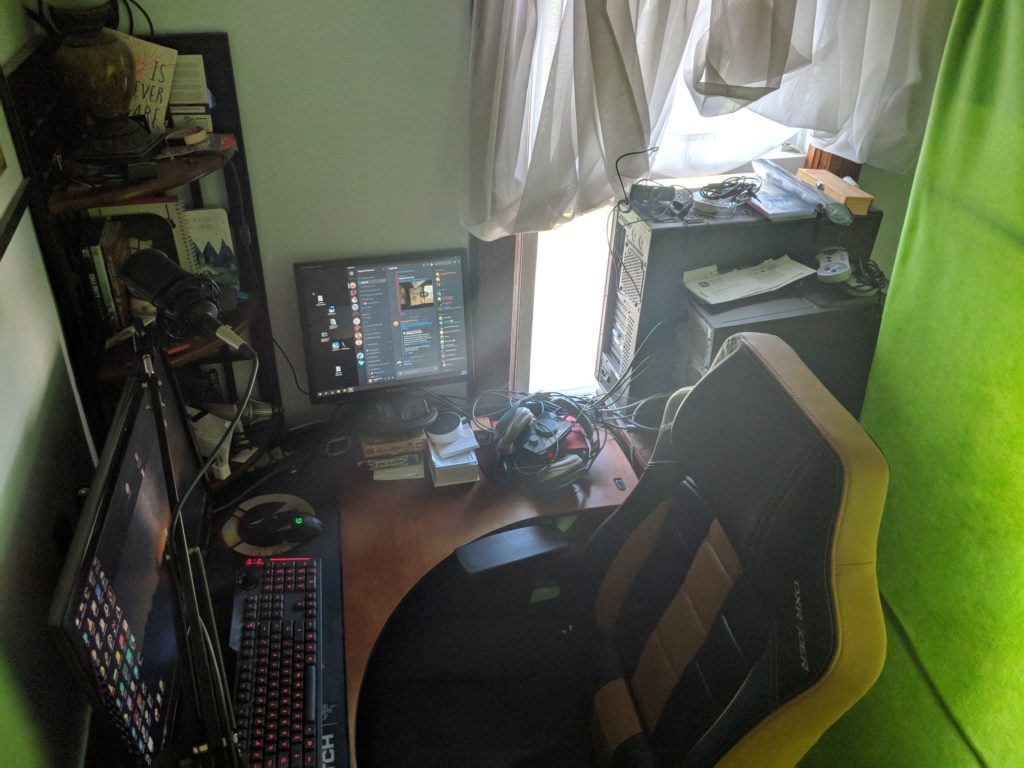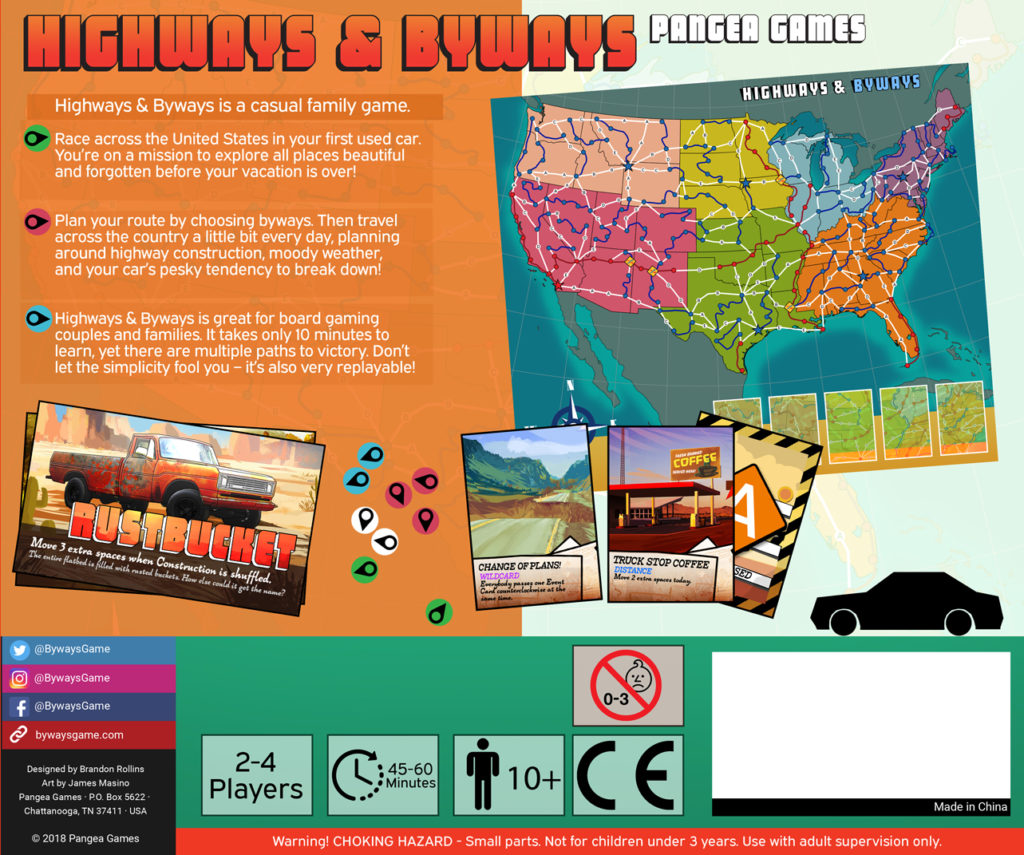How to Build a Mailing List and Send Newsletters as a Board Game Dev
I’m a big fan of mailing lists. Sending email newsletters to well-targeted mailing lists is one of the best ways you can spread the word of your business and keep customers engaged. I spoke about the value of mailing lists earlier in How to Generate Traffic for Your Board Game Kickstarter or Website, but today I want to dive into the details you need to know to get started. As such, this guide will be split into five parts:
- Mailing List Basics
- Setting up a Mailing List on MailChimp
- Creating a Landing Page that Works
- Creating a Template that Works
- Building Your Mailing List
Mailing List Basics
Before you create a mailing list, you need to understand how they fit into your marketing strategy. I talk about this in How to Choose & Use a Board Game Marketing Strategy that Works, but I’ll recap the basics here. After people are paying attention and interested in your game or brand, you’ll need someplace for them to go before you ask them to take action. The best places I know to send interested potential customers is to an online community or a mailing list. In fact, I personally use both – providing access to an online community in exchange for an email address.
For you, emails are valuable to have because you can push marketing messages to customers. You can persuade people to read your posts, back your Kickstarter, or buy your game. For customers, this is an easy and passive way to stay in touch. Even better, if you’re putting thought and love into your emails, you can make their lives better by reading them. This is what I try to do – spend about 20-30 minutes every week crafting emails that people want to open.
Another thing you need to do before you create a mailing list is get a P.O. box. Yes, that sounds weird, but you need to hear me out on this. In order to be compliant with anti-spam laws, you need to have your business address at the bottom of every email you send out. This is a legal requirement. Now I don’t know about you, but I’m not interested in putting my home address – which is ██████████ – on the internet for strangers to find. That’s why you get a P.O. box. For folks based in the USA, that’s as simple as going to the post office and saying “I would like a P.O. box” and then paying them $60-or-so every six months.
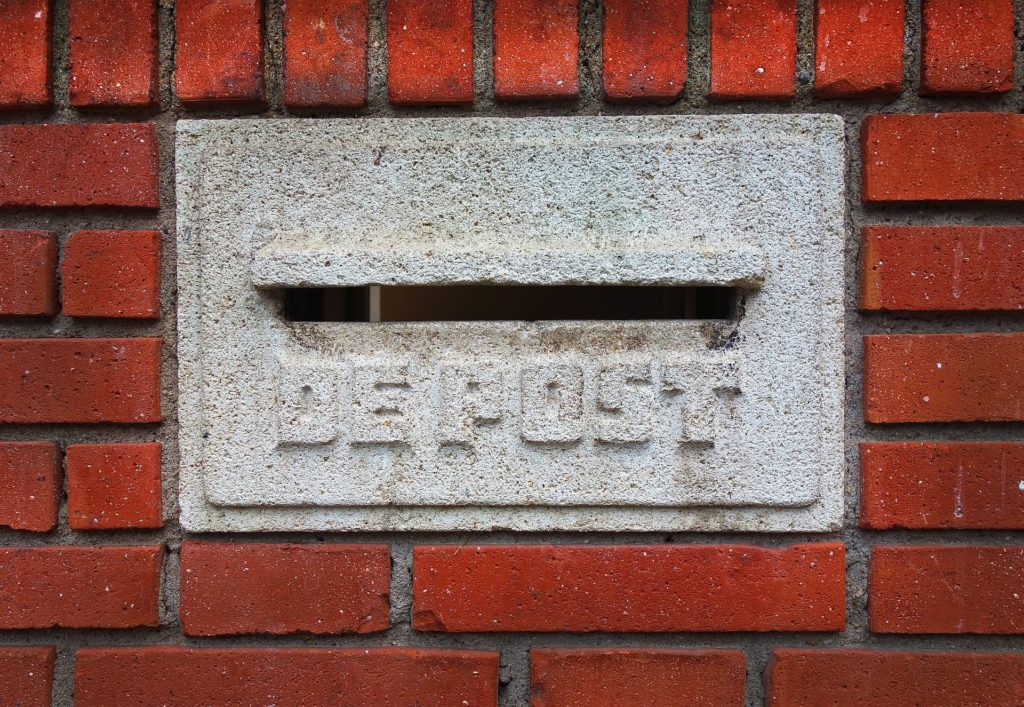
What do all these numbers mean?
Once you set up your mailing list, you’ll become aware of a number of cryptic-sounding metrics that will tell you about the health of your mailing list. Here are some you need to know:
- Open Rate – the percentage of your mailing list that opens your email. (25% or higher is considered good.)
- Click Rate – the percentage of your mailing list that clicks on at least one link in your email. (2% or higher is considered good.)
- Hard Bounce – happens when you send to an invalid email address.
- Soft Bounce – happens when your email is sent to a valid email address, but they don’t receive the email.
- Subscribes – the number of people who join your mailing list.
- Unsubscribes – the number of people who leave your mailing list. (Ideally, this is 1% or lower.)
By far, the most important metric is click rate. It indicates the number of people who are using your emails to get where you want them to go. If your click rate is low, that means you need to work on your call to action. We’ll talk more about calls to action in the template section below.
As with anything, I cannot give you the perfect answers on how to run the right email campaign for your business. All I can do is give you guidelines and examples. You need to go into this with the mindset of a scientist. Always be experimenting. Always be ready to change when the data says that’s the right thing to do.
A Quick Note on Email Marketing Software
At the time I wrote this article initially, MailChimp was the best system on the market. Now it’s one good choice out of many. I’m leaving most of this article untouched, but I’d like for you to know there are a lot of other good email marketing software providers out there. A few examples:
- ActiveCampaign (my new favorite)
- ConvertKit
- MailerLite
Setting up a Mailing List on MailChimp
There are lots of sites that will help you set up a mailing list, but the one I use is MailChimp and I really like it. This is what I’ll be teaching you to use. Click that link and then click Sign Up Free. Provide an email, username, and password.
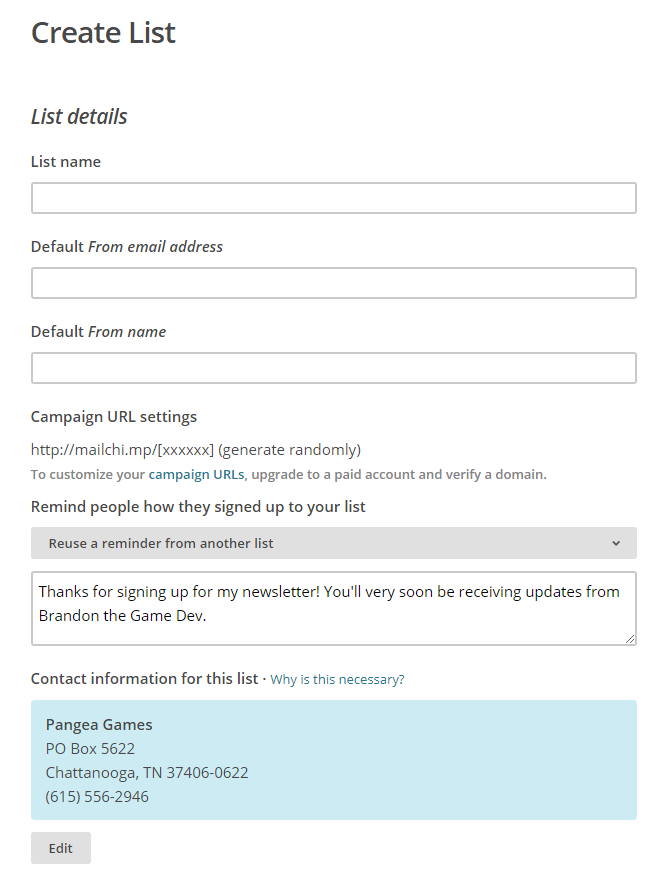
Once you’re logged in, create a list. At the time I’m writing this post, that means clicking Lists then clicking Create List button. You’ll be asked to enter the following:
- List Name – I use Brandon the Game Dev Newsletter. Short and descriptive.
- Default From Email Address – I set up one on my web server called no.reply@brandonthegamedev.
com . This isn’t hard to do, but it’s out of the scope of this article. - Default From Name – I use Brandon Rollins. More personal that way.
- Remind people how they signed up for your list – I use:
- Thanks for signing up for my newsletter! You’ll very soon be receiving updates from Brandon the Game Dev.
- Contact Information – I use my P.O. Box.
- Enable double opt-in – I leave this unchecked. Otherwise, people have to respond to a confirmation email when they sign up, which lowers sign-up rates.
- Notifications – I leave all of them unchecked. They get old fast.
Click Save. Then click Settings and click List fields and *|MERGE|* tags. Merge tags are really cool, so you’ll want to pay attention to this. They pull information from your sign-up form and they associate it with each email. For example, when I sign up for a MailChimp campaign, I might see Email Address, First Name, and Last Name. Naturally, I’d enter brandon@pangeagamescompany.com, Brandon, and Rollins respectively. That info is all stored in a database.
Each bit of information is associated with a merge tag.
- *|EMAIL|* is brandon@pangeagamescompany.com
- *|FNAME|* is Brandon
- *|LNAME|* is Rollins
Someone can then write a newsletter that starts out as “Hey *|FNAME|*!” and it will show up as “Hey Brandon!” For my friend Carla, it’d be “Hey Carla!” and for my friend Sean, it’d be “Hey Sean!” This lets you personalize your emails with anything your users provide. You can add more merge tags if you want to customize your emails even more. There is a ton of potential here.
We’re going to stick to the basics today, though, so let’s talk about…
Creating a Landing Page that Works
MailChimp lets you create your own landing pages. You can create forms hosted by MailChimp and you can also get HTML code which you can put on your own website. I’ve used both, but I’ll stick to MailChimp’s basic forms since teaching you how to use custom ones requires you to know HTML. You can learn HTML on W3Schools for free – I used it in my teens and it’s still alive and well.
Click Signup forms. Click Select next to General forms. You can customize a whole bunch of forms, but we’re just going to talk about the Signup form itself since that’s the one you want to get absolutely right. This form will double as your landing page unless you decide to make a custom one and use Mailchimp’s HTML code on your own website.
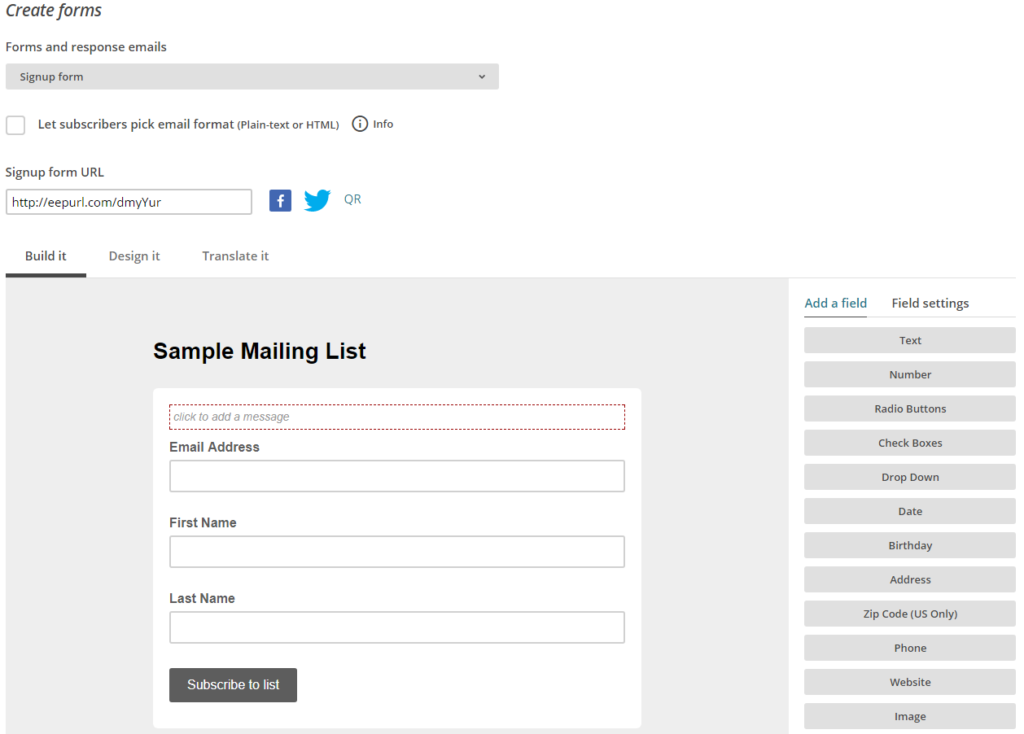
Customize Your Landing Page
What MailChimp gives you by default isn’t bad, but it’s not pretty either. You can spruce up this form very nicely with a little effort. First things first, though, think about the data you want to gather on your landing page. You need an email address for sure. I recommend gathering at least first name for your merge tags as well. Everything else is extra, so you have to strike this subtle balance. If you ask for too much information, people will drop off your page and not sign up. If you don’t ask for any extra information, it can be hard to segment your mailing list into groups of people with different interests.
Regardless of what you decide to do, click on any fields you need to delete, rename, or relabel – you’ll have options on the right. Click on Add a field and then a button below to add a field asking for more information.
Once you’ve added and removed fields to your taste, click Design it. You can change the colors, fonts, and spacing of every part of your landing page – the page, the body, and the form itself. Click around in there and experiment to your taste. When you’re done, copy the Signup form URL that’s near the top in the screenshot above. That’s your landing page’s address. Share that address anywhere you need to such as your social media or your website.
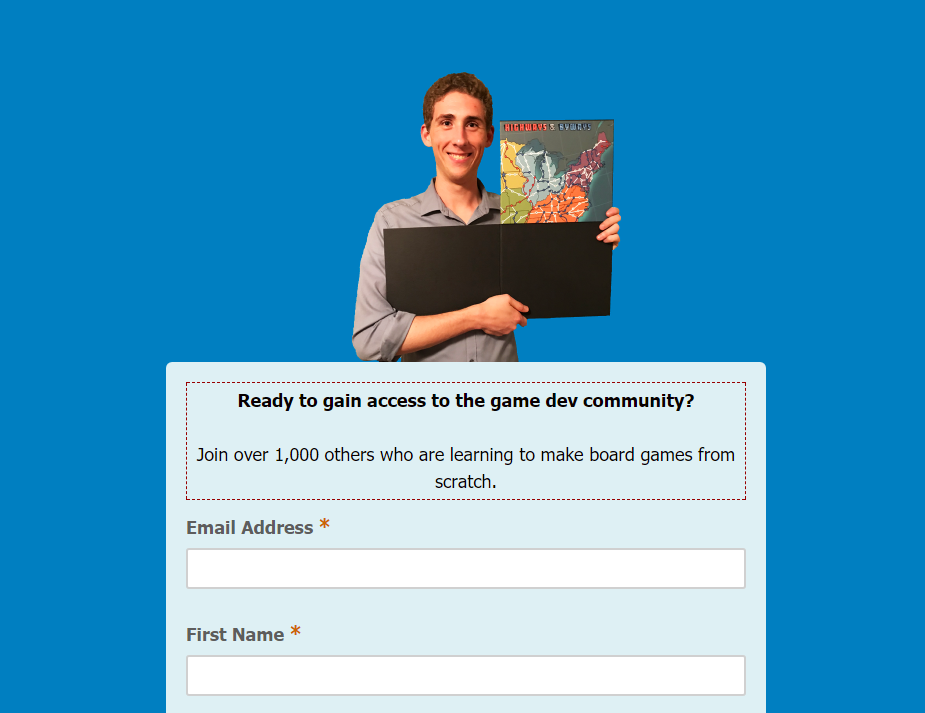
Creating a Template that Works
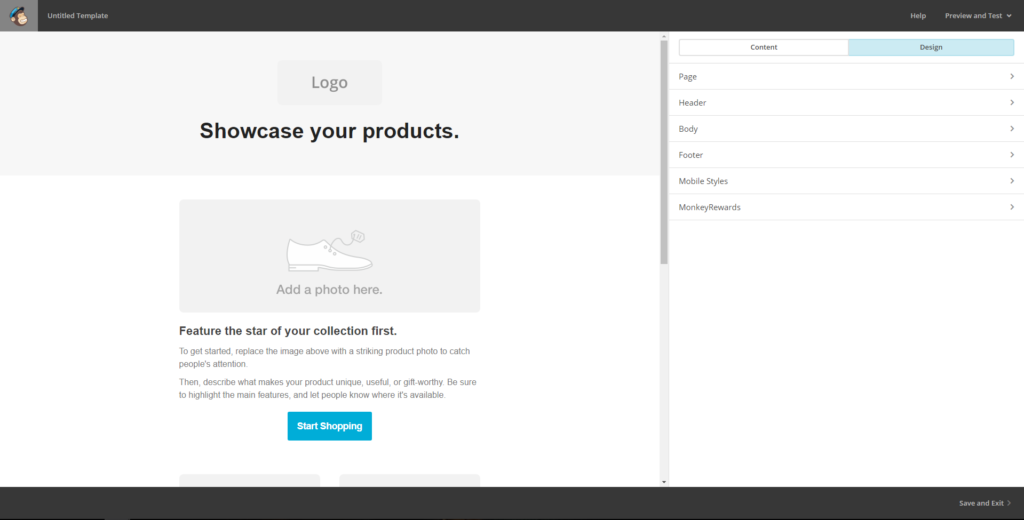
Click Templates then Create a template. I personally recommend that you pick one of Mailchimp’s featured templates and modify it to your tastes. On the right side, click on the Design button – you’ll see items including Page, Header, Body, Footer, Mobile Styles, and Monkey Rewards. You’ll be given lots of options on how to customize the page, such as colors, font sizes, line spacing, and more. I personally recommend staying pretty close to the original design, but swap out the colors for sure. Once you’re happy with the basic colors, fonts, and spacing of your template, click on the Content button to see all the things you can put into your mailer. What you see in the screenshot below can be dragged and dropped right onto your template.
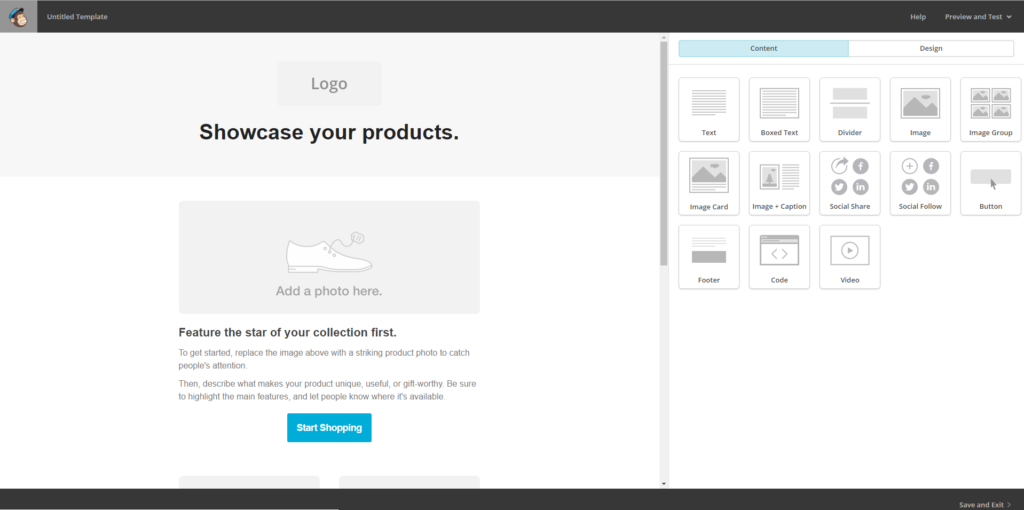
Drag all the elements you like into your template. If you don’t want something in your template, hover over the item and then click on the trash can symbol on the top right. Once you get all your content items in the right locations, click on each one on the left. Then edit the details on the right. Details can be editing an image, updating text, changing where a button goes, and so on. Make sure to click Save & Close any time you make a change on the right side! When think you’ve got a good template, Preview and Test in the top right corner and then Enter preview mode.
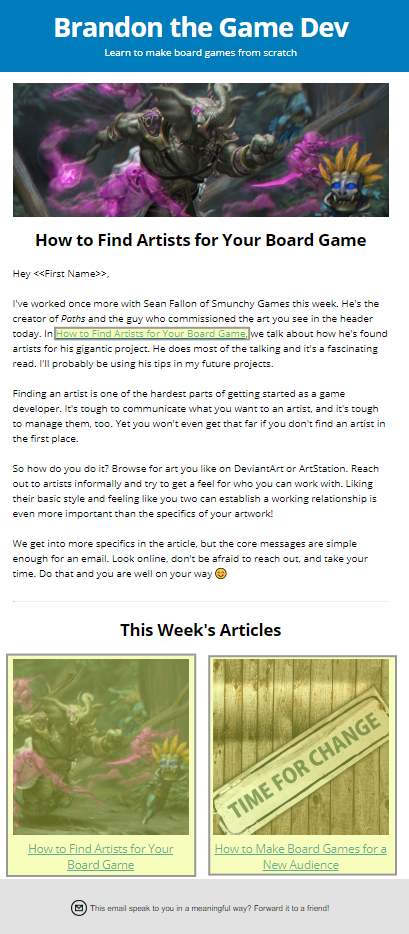
Create a Template that Resembles Others
Now the whole time you’re doing this, you need to be looking at newsletters that you like and imitating their style. Pay particularly close attention to their “calls to action” – any articles they want you to read or buttons they want you to click. When you’re sending out your own mailer, you want to have one very clear call to action somewhere on the mailer. If you don’t, it’s pointless to send out in the first place. I personally put three calls to action in each blog email – one text link to an article and two image/text links to an article at the bottom – I’ve highlighted mine in red.
When you’re done with your template, click Save and Exit and give it a name you’ll remember. When you’re sending out email campaigns, you’ll be using your template. You can then swap out text and images and keep a consistent look and feel between all your emails. Go ahead and sign up for your email list and send out a sample campaign to yourself while you’re the only one on it. Make sure everything looks okay and go back and edit your template if it doesn’t.
Building Your Mailing List
Building your mailing list is a great first step, but it can be utterly defeating to put all this work into making a pretty mailer and pretty landing page only to send it to ten people. That’s why you need to think about ways to generate leads for your mailing list. There are a handful of ways to do this.
Create a lead magnet. That’s basically a fancy marketing term for a good reason for a person to give you their email. You could offer a print-and-play version of your game in exchange for an email, create something useful such as a how-to guide, or you could offer people entry into a contest for a free game. I personally use my Discord server of over 1,000 game developers as a lead magnet because I put the invite link on the confirmation page.
No matter how you plan on reaching out to people, creating a lead magnet is essential. Why would anybody give you their personal information without a compelling reason? A lot of people don’t ask this question and therefore get hung up on the fact that people don’t want to give up their email addresses. You have to give them a good reason before you do anything else.
Link your landing page to your website and social media. Most of the time, my pinned tweets and Facebook posts go to my mailing lists. The same applies to the home pages of most of my websites, which usually contain a catchy line such as “Learn to make board games from scratch. Join my community of over 1,000 game developers, artists, and passionate creators.” Then right below that, I put a big, bright button that goes to my landing page.
Direct messages. Everything I’ve said above is great for passive outreach, but let’s assume you want to play hardball. If you have a social media following on Twitter or Instagram, you can send out personalized direct messages to each of your followers. Say something like “Hi (Name), I saw that you’re interested in (thing that’s relevant to your business). I’m offering (lead magnet). Is this something you’d be interested in?” If they say yes, send them the link and tell them what they need to do next, such as sign up and gain access to the lead magnet on the confirmation page.
Help content creators. I’ve talked about Why and How to Get Featured on Board Game Blogs and Podcasts. One of the best reasons to do that is because you can ask them to link to your landing page. You can often see this in the first or last paragraph of guest posts on your favorite blogs or in the show notes of podcasts you like. This is really solid way of growing your audience for free.
Do giveaway contests. Feeling a little more spendy? The absolute best way I’ve found of generating email lists is by offering something for free on Facebook in exchange for an email sign up. Just create a post like this, take out $20 in targeted ads, and watch the emails roll in.
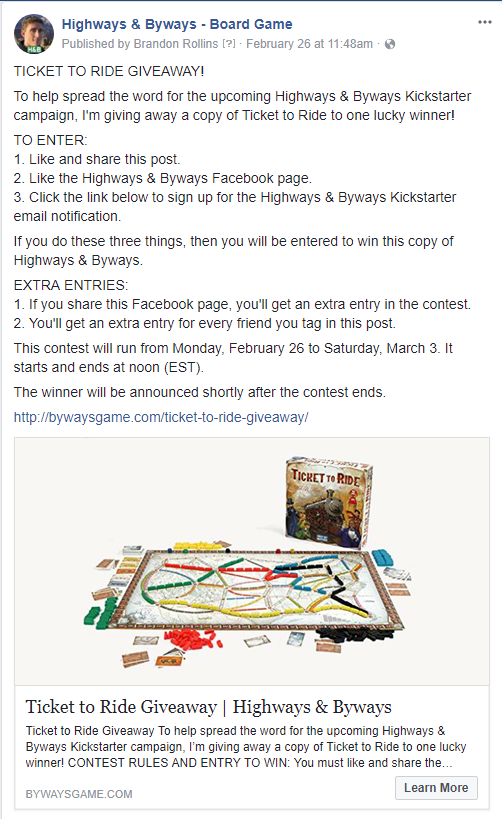
Advertise. Last but not least, one of the best ways to passively bring in email leads with nearly no effort is to take out a Facebook ad. Target your audience very specifically by age, location, and especially interest. Keep an eye on it and make sure you’re not paying more than a dollar per email sign-up. You can read more about Facebook advertising in my previous post, How to Build up a Facebook Page as a Board Game Dev.
Mailing lists are pretty amazing for businesses. I hope this guide gives you what you need to get started. Come up with something to say, make a pretty landing page, make a professional email template, and bring in sign-ups using the methods I’ve described above. Monitor your metrics and experiment until you find something that works.
As always, feel free to ask questions below 🙂

